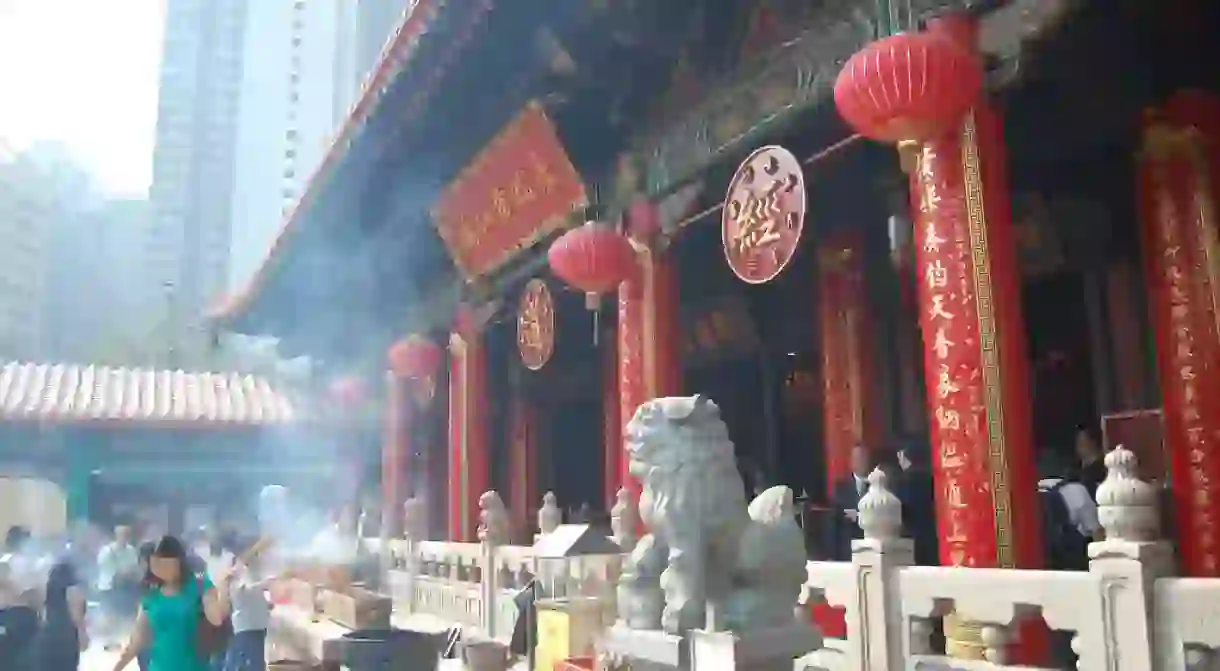5 Traditions Unique to Cantonese Culture

The Cantonese are a group of people who are native to a region of southeastern China historically known as Canton. They are notable for their cuisine, language, popular entertainment, and martial arts. Today, Cantonese people live in Guangdong, eastern Guangxi, Hong Kong, and Macau. Here are some traditions and traditions that distinguish Cantonese culture from the rest of China.
Speaking Cantonese
The most obvious cultural marker of Cantonese people is their language. Cantonese is known for its colorful slang and colloquial sayings, and is a strong part of the region’s cultural identity.
It’s the official spoken language in the semi-autonomous regions of Hong Kong and Macau. In Guangdong and Guangxi, Mandarin is the official language taught in schools, but Cantonese is most frequently used in everyday life.
Dim sum
Eating dim sum is an opportunity for Cantonese people to gather and socialize with family and friends over a leisurely brunch. Tea and bite-sized dishes are served in round bamboo steamers to share. Typical dishes include char siu bao (steamed buns filled with barbecued pork), siu mai (steamed shrimp or pork dumplings), cheong fun (stuffed rice noodle rolls), spring rolls, and more.

Worshipping Wong Tai Sin
Wong Tai Sin is a 4th-century Taoist deity who is not well-known to most mainland Chinese, but popularly venerated in Hong Kong and in Guangzhou, as well as by some overseas Chinese. One of Hong Kong’s biggest and most famous temples is Wong Tai Sin Temple, which was established in 1921. The temple is especially crowded during the Lunar New Year and on Wong Tai Sin’s birthday, when locals come to entreat the deity for good luck and to have their fortunes told.

Leung cha (cold herbal tea)
Leung cha is an herbal tea that’s infused with medicinal herbs that are considered cooling in traditional Chinese medicine. According to Taoist principles, the hot summer months are characterized by yang energy. Leung cha redresses the balance with yin ingredients that can clear excess heat from the body, which is why the drink is called leung cha, or “cold tea.” Drinking leung cha is also common during bouts of illness, such as a fever.
Drinking soup
Non-Cantonese people often find it strange how much Cantonese love their soups, which are simmered for hours to ensure that the ingredients — including meat, fresh vegetables, with a dash of salt and herbs — infuse the water with flavor. The Cantonese tend to have soup before other dishes, unlike northerners, who serve soup alongside other dishes.
(You may notice that a lot of these traditions revolve around drinks. That’s because China’s coastal south is notoriously hot, especially in the summer, so replenishing one’s moisture is very important to the Cantonese!)














